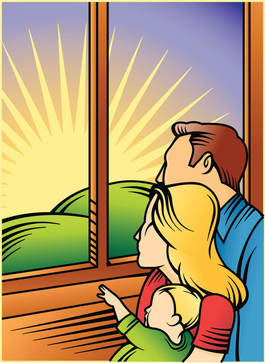 Have you ever wondered why we see red sunsets even though the sky is blue? Try this experiment to learn why! What you will need:
For more information and pictures please visit http://scifun.chem.wisc.edu/HOMEEXPTS/BlueSky.html Comments are closed.
|
Categories
All
Archives
April 2019
|